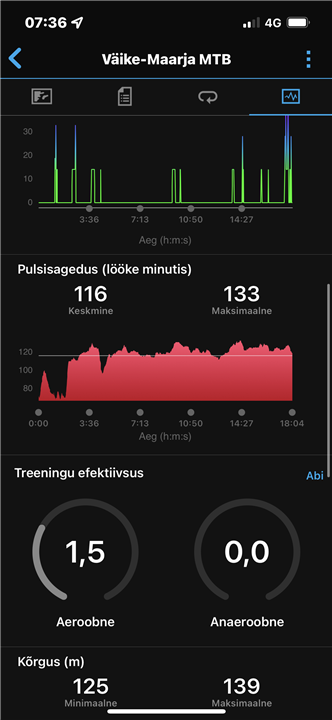Asking for a friend...
Really love the Fenix button layout and functionalities. Information is quickly assessed and essential.
Apple watch has a lot of clutter and shiny things, but seems to be improving, especially when concerned about general health monitoring.
The Apple watch battery drain can kind of be helped with adjusting certain settings.
Thoughts?



 again good
again good